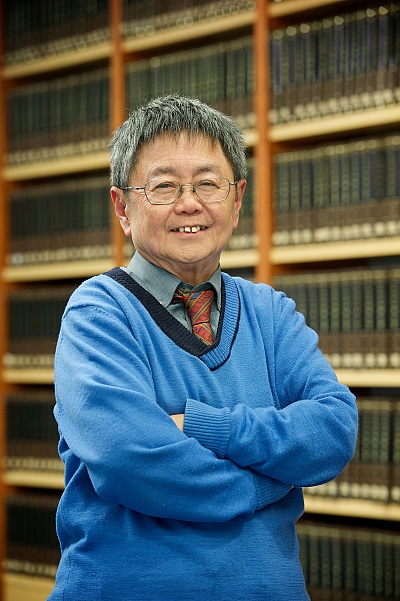Joseph TING, former Director of the Hong Kong Museum of History, is an old kaifong of Causeway Bay. The evolution of Causeway Bay begins with East Point, which used to be the eastern cape of Victoria City. East Point is located in today’s East Point Road, Yee Wo Street and Jardine’s Crescent. In June 1841, Jardine Matheson bought large plots of land in East Point for storage purposes. Later on, Jardine Matheson also conducted sugar refineries and cotton mills in the area, which gave rise to today’s Sugar Street and Cotton Path. Indeed, places like Jardine's Bazaar, Matheson Street, Patterson Street, and Percival Street are all named after the taipans of Jardine Matheson.
Apart from their business and trade, foreigners used to set up dairies in Hong Kong. Dr. Patrick Manson founded Dairy Farm in Pok Fu Lam. Later, Dairy Farm acquired ice factory businesses in Causeway Bay. When Joseph moved into Causeway Bay in the 1960s, there were still a lot of store houses in the area. There was an urban myth at that time, which claims that Dairy Farm raised a penguin, and would let it go for a walk along Patterson Street at around 4 o’clock every day. Joseph confirms the story, where he did saw a penguin strut on the streets of Causeway Bay. Perhaps this became a collective piece of memory for the old kaifong in the area.
Living near the Causeway Bay typhoon shelter in the 1960s, Joseph had a habit of watching the incoming vessels during typhoon. “Hong Kong had a lot of signal 10 typhoons in the 1960s, which includes typhoon Wendy. Whenever a typhoon struck, I would observe how the fishing vessels drove into the typhoon shelter.” As Joseph explains, smaller boats returned first; as the wind grew stronger, larger boats also came back. The returning boats huddled together to prevent from toppling. While fishermen fought the typhoon, women and children would go on shore and hide under the shelter of residential buildings.
There used to be a canal in the section of Gloucester Road between Park Lane Hotel and Victoria Park. As Joseph explains, “The canal was used to transport ice from the Dairy Farm Ice Factory. Instead of the hotel, there were store houses and workers busy with their hauling. I moved away from Causeway Bay for ten years, when I came back in 1982, the canal became a traffic way.”
Japanese department stores were also an important part of Causeway Bay. In the golden age of the 1980s, Daimaru, Matsuzakaya and Mitsukoshi held their ground in Causeway Bay. Japanese department stores were the symbol of trend and fashion. By now, shopping malls and luxury brands have taken their place. From a storage and trade area to a business and recreational district, the development of Causeway Bay mimics the overall development of Hong Kong.



